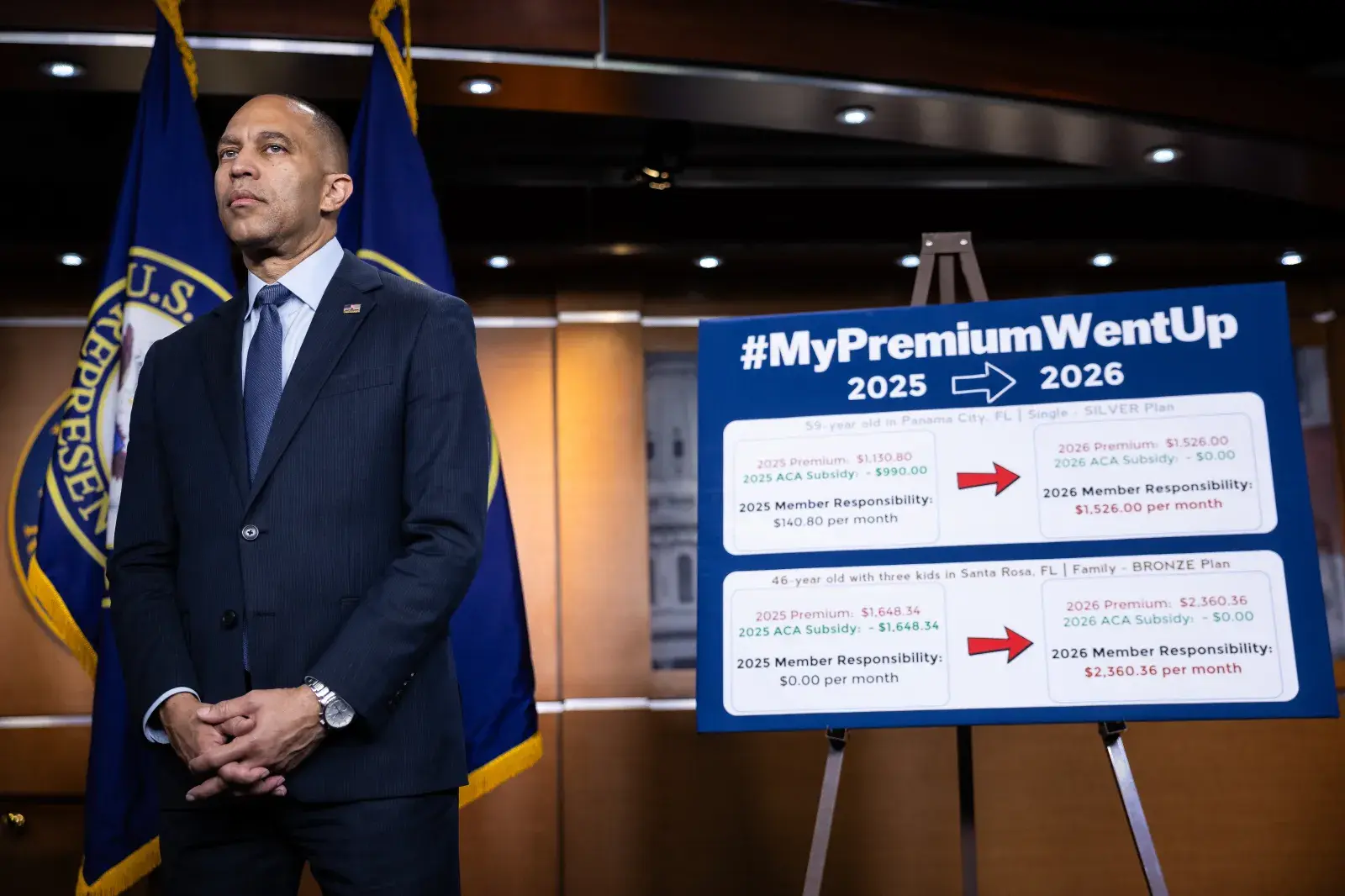Copyright newsweek

The cost of health insurance continues to rise, and U.S. employers are weighing their costs as the top customers of health care insurance, supporting 154 million people under age 65. Recent findings from the nonprofit research group KFF highlight differences in health care coverage between large and small employers, as well as across industries. The nonprofit has published an annual survey of employers that sponsor health insurance for 27 years. The average annual premiums for employer-sponsored health insurance have grown to $9,325 for single coverage and $26,993 for a family, an increase of five percent and six percent, respectively, year over year. The average annual contributions by employees for family coverage have increased as well. “With GLP-1s, increases in hospital prices, tariffs and other factors, we expect employer premiums to rise more sharply next year,” KFF President and CEO Drew Altman said in a statement. “Employers have nothing new in their arsenal that can address most of the drivers of their cost increases, and that could well result in an increase in deductibles and other forms of employee cost sharing again, a strategy that neither employers nor employees like but companies resort to in a pinch to hold down premium increases.” Workers covered by employer-sponsored health insurance contribute, on average, 16 percent of the premium for single coverage and 26 percent of the premium for family coverage, maintaining similar levels from 2024, KFF said. Larger employers, defined as those with more than 200 employees, are more likely to contribute more toward family coverage, with the average worker contribution rate for family coverage at firms with 10 to 199 employees at 36 percent, compared to 23 percent in larger firms. Smaller employers are also four times more likely to pay the entire premium for single coverage compared to larger firms, at 29 percent versus seven percent. But larger firms offer more relief for families, with just five percent of employees contributing more than half of the premium for family coverage, while 29 percent of employees at smaller employers are in a plan where they contribute more than half of the premium. Why It Matters Americans are growing increasingly concerned about rising health care costs. Access to health care and prescription drugs remains a challenge for many, and understaffing and consolidation in health care groups have led to reports of decreasing quality of care. State and federal lawmakers are making some effort to rein in these costs, but most are not able to regulate very much. “[These increases are] not a four-alarm fire for those of us who remember years of double-digit premium increases,” Altman wrote in a blog post. “Still, up is up and the absolute numbers are daunting for employers and employees – almost $27,000 on average for a family policy.” In 2025, 91 percent of all workers are employed by a firm that offers health benefits to at least some workers, similar to the rates last year (92 percent) and five years ago (92 percent) in KFF data. The main reason firms do not offer health insurance is that the cost of premiums is too high. On average, 76 percent of eligible workers take coverage when offered. This figure has been in slight decline since being in the low 80s in 1999. Those at smaller firms are paying more for family coverage on average than those at larger firms. KFF reported that 11 percent of all covered workers and 28 percent of covered workers at firms with 10 to 199 workers contributed $12,000 or more for family coverage. What To Know Average annual contributions for single coverage have spiked since 2022, according to KFF data. In 2025, 61 percent of firms with 10 or more employees offered health benefits, a decline from five years ago when it was 68 percent. Almost all larger employers (97 percent) offer some form of health insurance, while 59 percent of smaller firms do. PPOs were the most common plan type in 2025, with 46 percent of covered workers enrolled, while 33 percent are enrolled in a high-deductible plan with a savings option (HDHP/SO), and 12 percent are enrolled in an HMO. Many workers have just one plan type to choose, as 66 percent of firms offer just one insurance plan, but 68 percent of workers have access to more than one plan type because larger employers are far more likely to offer multiple options. Among large firms offering health benefits, 19 percent say they cover GLP-1 drugs for weight loss in 2025, while 57 percent say they do not cover such drugs for weight loss. Altman wrote: “Employers use everything in their toolbox to try to stem cost increases, but they stop short of using any strategy so much that blowback from employees causes the company a real problem. Employers are also lone actors in a sector that is fragmented without real bargaining power. They don’t have control over industry consolidation, rising prices, or the many other factor...



